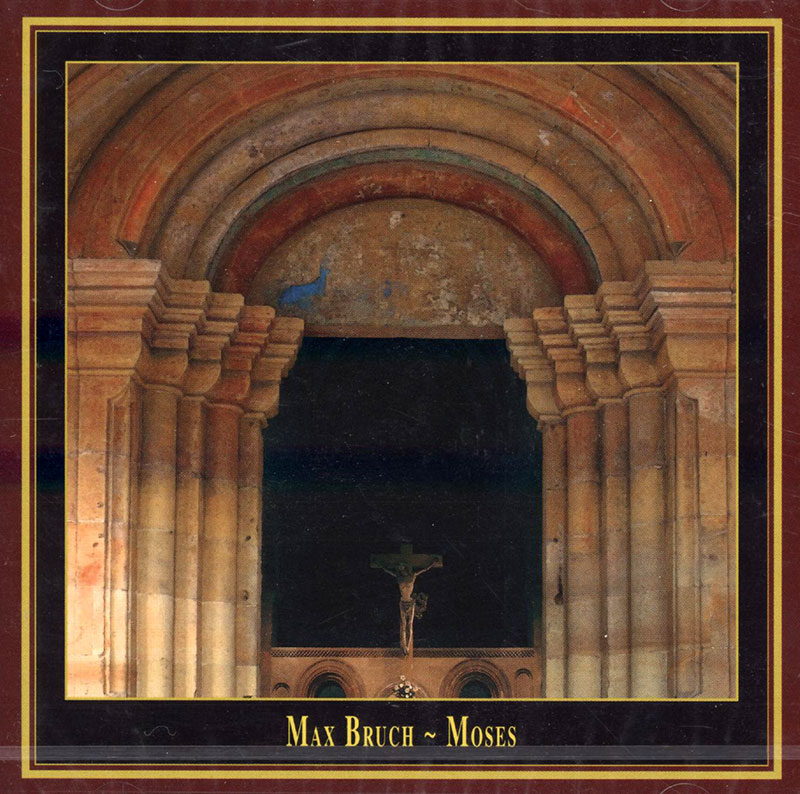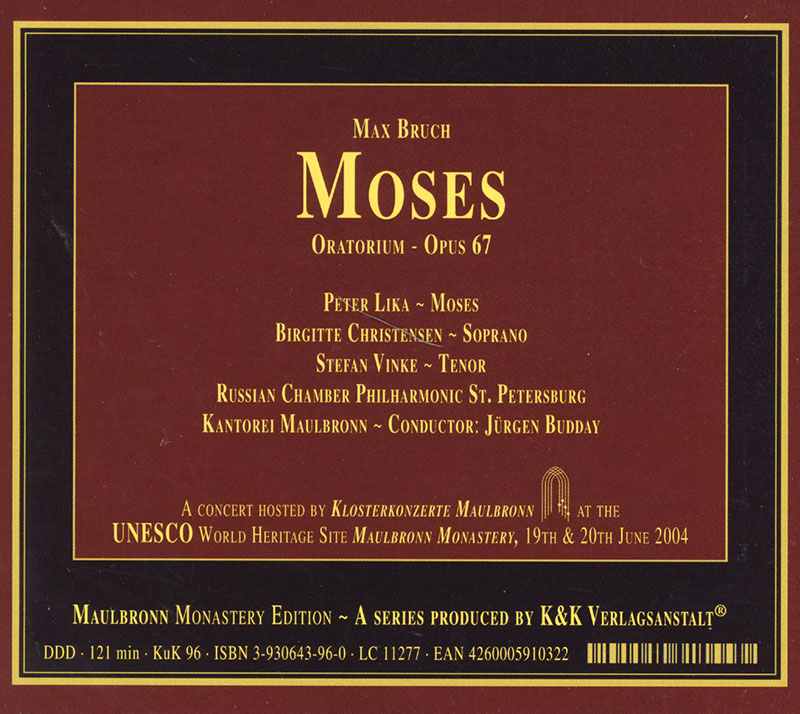Logowanie
Dlaczego wszystkjie inne nie brzmią tak jak te?
Chai Lang, Fan Tao, Broadcasting Chinese Orchestra
Illusive Butterfly
Butterly - motyl - to sekret i tajemnica muzyki chińskiej.
SpeakersCorner - OSTATNIE!!!!
RAVEL, DEBUSSY, Paul Paray, Detroit Symphony Orchestra
Prelude a l'Apres-midi d'un faune / Petite Suite / Valses nobles et sentimentales / Le Tombeau de Couperin
Samozapłon gwarantowany - Himalaje sztuki audiofilskiej
PROKOFIEV, Stanislaw Skrowaczewski, Minneapolis Symphony Orchestra
Romeo and Juliet
Stanisław Skrowaczewski,
✟ 22-02-2017
BARTOK, Antal Dorati, Philharmonia Hungarica
Dance Suite / Two Portraits / Two Excerpts From 'Mikrokosmos'
Samozapłon gwarantowany - Himalaje sztuki audiofilskiej
ENESCU, LISZT, Antal Dorati, The London Symphony Orchestra
Two Roumanian Rhapsodies / Hungarian Rhapsody Nos. 2 & 3
Samozapłon gwarantowany - Himalaje sztuki audiofilskiej
Winylowy niezbędnik
ClearAudio
Cartridge Alignment Gauge - uniwersalny przyrząd do ustawiania geometrii wkładki i ramienia
Jedyny na rynku, tak wszechstronny i właściwy do każdego typu gramofonu!
ClearAudio
Harmo-nicer - nie tylko mata gramofonowa
Najlepsze rozwiązania leżą tuż obok
IDEALNA MATA ANTYPOŚLIZGOWA I ANTYWIBRACYJNA.
Wzorcowe
Carmen Gomes
Celebrating the art and spirit of music - vol. 5 - Reference Songs
- CHCECIE TO WIERZCIE, CHCECIE - NIE WIERZCIE, ALE TO NIE JEST ZŁUDZENIE!!!
Petra Rosa, Eddie C.
Celebrating the art and spirit of music - vol. 3 - Pure
warm sophisticated voice...
SAMPLER - STS DIGITAL, Gregor Hamilton
Celebrating the art and spirit of music - vol. 2 - Love songs from Gregor Hamilton
...jak opanować serca bicie?...
SAMPLER - STS DIGITAL
Celebrating the art and spirit of music - vol. 1 - Leonardo Amuedo
Największy romans sopranu z głębokim basem... wiosennym
Lils Mackintosh
Celebrating the art and spirit of music - vol. 4 - A Tribute to Billie Holiday
Uczennica godna swej Mistrzyni
BRUCH, Peter Lika, Brigitte Christensen, Russian Chamber Philharmonic St Petersburg, Jurgen Budday
Moses, Oratorium Op.67

- Peter Lika - baritone
- Brigitte Christensen - soprano
- Russian Chamber Philharmonic St Petersburg - orchestra
- Jurgen Budday - conductor
- BRUCH
The oratorio Moses holds special meaning in composer Max Bruch's body of work. He originally viewed it presumptuous to continue in the tradition of the major works by Händel and Mendelssohn. In a letter to the music writer Hermann Deiters he wrote in 1873: "Biblical subject matter is foreign to my nature; the old masters have made such formidable contributions in this area so that it is only possible for us to make independent and new accomplishments in conjunction with other subjects. It is no coincidence that every oratorio since Mendelssohn has been a failure." Whatever it was that ultimately triggered Bruch's change of mind remains a mystery, but in 1893, he wrote to the Bach researcher Philipp Spitta, the brother of his future librettist Ludwig: "You are the first, and will, for the time being, be the only person I trust to disclose a plan that so vividly occupies me. Do you wish to read intently the composition, the poetic foundation of a large-scale oratorical work: ‘Moses at Sinai' (or Israel in the Desert)... long have I sought and groped, momentarily pondering this, and then that. Because I am bound and determined to not further enhance the drama of the worldly dramatic cantata... which is why I have returned to the enclosed, truly oratorical plan, with which I was already seriously occupied in 1889, and again in 1890. It begins where Händel's ‘Israel in Egypt' ended. As far as I can conclude, no other musician of relevance has ever addressed this part of Moses' history…" Conducted by Bruch, the debut performance was finally held on the 8th of January 1895 in Barmen. It is a piece of early oratorical art that Bruch has created here, yet one that is cloaked in the era of the Late Romantic. The choir is the decisive mediator of events in the piece of work. In addition to delicate poetic expression, the dramatic impact also demands particularly creative agility and adaptation from the singers. Even Bruch's contemporaries were suspicious of the opus. In June 1895, Johannes Brahms wrote to Clara Schumann: "Bruch has now published a Moses... If only one could feel a hint of joy in the stuff! They are weaker and worse than his own early works in every respect. The only good sentiment is when one feels inclined, as I do, to thank the Lord that he spared us of the sin, the vice, or the bad habit of mere score-writing." Bruch, on the other hand, saw himself affirmed in his work and wrote to his publisher Franz Simrock in February of 1895: „I want to tell you a secret: noble and ample effects on thousands are not to be attained by common means; something higher, which cannot be defined, is working from within the productive artiste... I could have not have written ‘Moses' had not a strong and deep feeling of divinity been alive in my soul, and every deeply insightful artiste will have experienced that once in his life, so that through the medium of his art, he can proclaim to the people the best and innermost emotions of his soul... And in such, Moses proved to the world that I did not stand still – as that is the most potent danger in older age." The oratorio so powerful and atmospheric in its choruses and arias consists of two parts and presents four episodes from the life of the prophet Moses. Part one of the opus begins with a short, dramatic introduction.
























